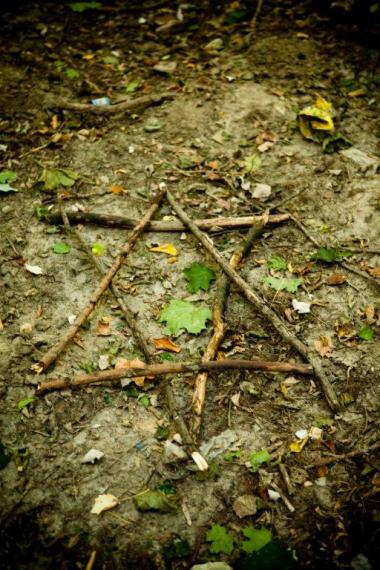
A Pilgrimage to Ukraine: The Story Behind a Photo
One photographer's journey to trace his family roots yielded an image for our fall issue.
Finding the right artwork to accompany an article is a pleasant but exacting task. It’s especially hard when the story’s subject is as solemn as that of anthropologist Margaret Paxson’s “Precipices” in our new issue, which considers two European communities’ very different responses to the Holocaust. To accompany parts of the essay that take place in France, we scored a couple of images by Pulitzer-winning photographer Lucian Perkins, who’s worked with Paxson in the past. But only after hours of searching did we find the work of Ted Seymour, who in 2009 visited Babi Yar, a ravine outside of Kiev that figures prominently in Paxson’s story. There, 100,000 people were killed during the war; in two days in September 1941, Nazi executioners, with the help of local collaborators, shot 34,000 Jews, letting their bodies fall into the ravine.
© Ted Seymour
Seymour had traveled to Ukraine in part to visit the homeland of his grandparents, Jews who immigrated to the United States in the 1920s, he said when I spoke with him over the phone. Once in Ukraine, he made three separate trips to Khotyn, the home town of one of his grandfathers, and attended religious services at the single remaining synagogue in the city. There was no rabbi, so one man volunteered to lead the services. According to members of the community, only 29 Jews remained in Khotyn. In 1900, Khotyn had been home to 24 synagogues and 18,000 Jews.
At Babi Yar, about 300 miles from Khotyn, Seymour, like our author, was struck by how desolate the place was, and how strewn with trash—“despoiled.” He settled on the edge of one of the draws, and holding a string of prayer beads, began reciting prayers as he imagined the people who had perished, their anger, terror, or spiritual preparations as they moved closer to the ravine’s edge.
After a while he lost track of his prayers. “My mind gravitated to the beauty that was there,” the flowers and trees now rooted in the ravine, he said, and he walked into it. He fashioned fallen, yard-long twigs into a Star of David, and snapped the image (shown above) that now accompanies Paxson’s story. He meant it as a small, personal gesture. “Maybe someone kicked it over the next day or maybe it stayed there for the next year, when it degraded,” he reflected. “I don’t know.”